
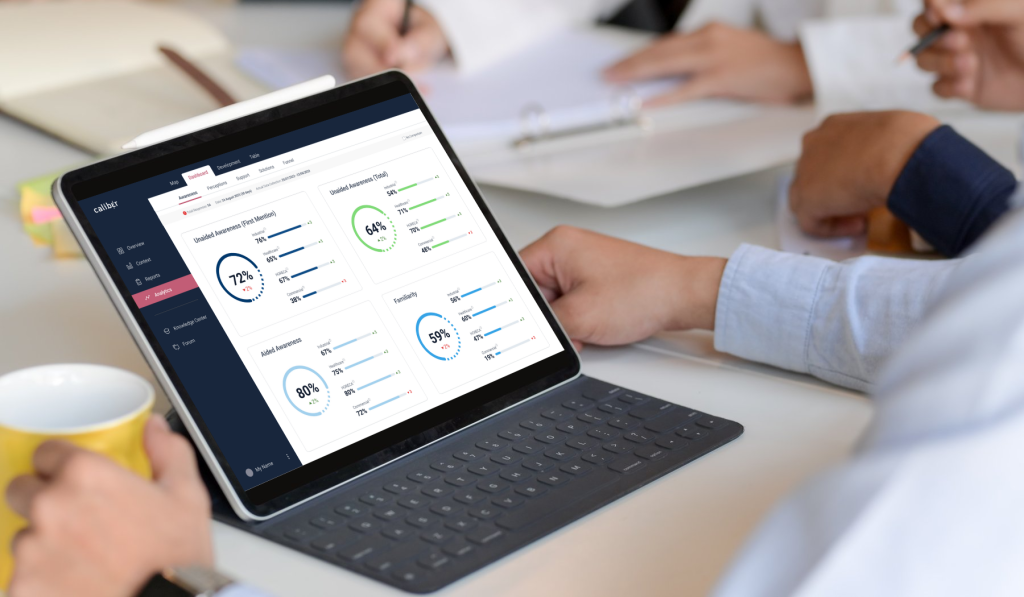
Everyone knows that reputations matter — especially in the business world.
Companies with good reputations enjoy greater customer loyalty, better relationships with partners and suppliers, greater support from policymakers, regulators and the media, and competitive advantage.
It also makes it easier to hire employees, break into markets and recover from crises.
So far, so obvious.
What’s less well appreciated is that a good reputation also has financial value.
After all, if you have a good reputation, people are more likely to invest in and buy from you — and greater financial success is inevitable if it’s easier to attract investment and win and retain customers. Customer loyalty, as well, translates directly into better commercial results.
The flip side is also true. While a strong reputation can boost revenue and drive up your share price, a poor reputation can drive it down and lead to reduced revenue.
Yet it’s one thing for a company to have a good reputation, quite another for it to monitor its reputation and determine what stakeholders think of it — anytime, anywhere.
Indeed, if smart companies look to improve their reputation, smarter ones do so by continuously managing it.
And as the adage goes, you can’t manage what you don’t measure.
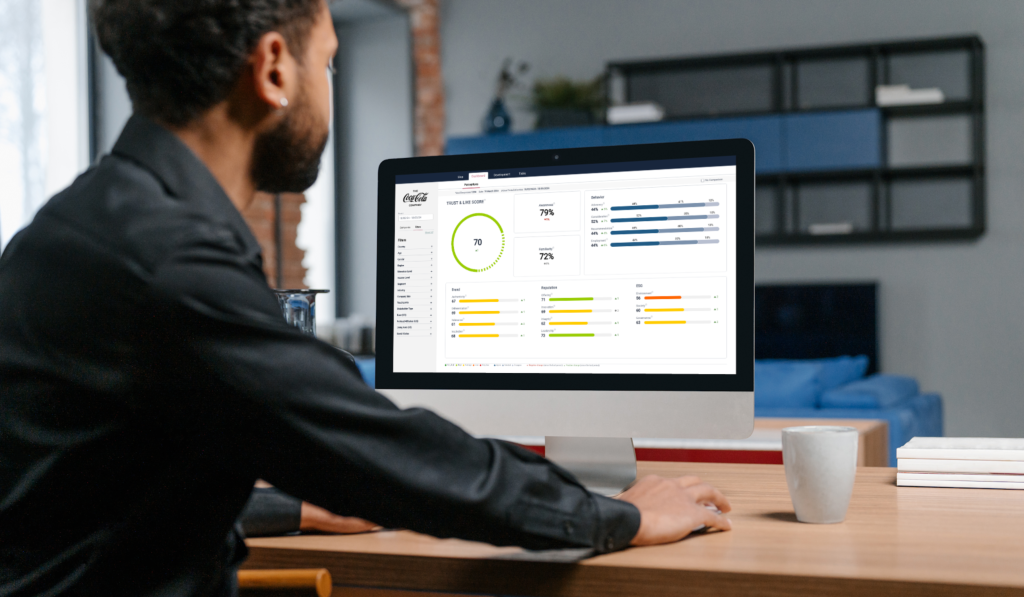
Forward-thinking companies increasingly measure and monitor their brand and reputation using stakeholder intelligence tools such as Caliber’s Real-Time Tracker.
Its chief metric is the Trust & Like Score, which quantifies the extent to which stakeholders trust a company and like it. It also measures a dozen other ESG, brand and reputation attributes, from Leadership to Innovation, plus the likelihood of stakeholder behavior, such as supporting a company, recommending its products or considering applying for a job at the company.
Together, these scores provide a complete picture of what a company’s stakeholders think of it — over time and at any given moment. The scores appear on a visually appealing, user-friendly dashboard.
That allows different teams (comms, HR, marketing) to follow relevant metrics, set their KPIs, and benchmark their performance.
So, that’s the how — but what about the why? Why should companies measure and monitor their reputation? And why in real time?
Here are the four biggest reasons.
Using Real-Time Tracker, companies can “slice and dice” their stakeholder universe into demographic and professional segments such as women, Gen-Z, Republicans, engineers, high-earners and influencers — giving them a more granular understanding of what different groups or cohorts think.
Segmentation also helps understand the primary audience, customers. After all, satisfied customers are more likely to become repeat buyers and brand advocates. Tracking how they perceive your products, and the company behind it, can therefore help maintain high levels of customer satisfaction.
Then there are other audiences, like investors — who often make decisions based on a company’s reputation. By monitoring how your company is perceived by investors over time and at any moment, you can influence investor confidence and attract potential backers.
Why is this important? Because there’s growing evidence that companies with stronger reputations can better protect their market value.
A 2019 report from strategic advisory network AMO found that, in the preceding 12 months, corporate reputation accounted for 35.3% of total market capitalisation of the world’s top 15 stock indices and that the most important factor driving reputation’s contribution to stock prices was investor perceptions of a company’s long-term investment value.
As AMO’s co-chairman put it: “In a world of growing complexity and rapid-fire stock market volatility, investors are increasingly sensitive to the strength of a company’s reputation as they assess their models.”
Managing your corporate reputation is therefore critical. Measuring and monitoring it is the first step towards bolstering that reputation among critical stakeholders such as customers and investors.
Heads of HR take note. Employees are key stakeholders, too — and a strong reputation can help a company attract stronger job candidates and retain valuable employees.
Why? Because who wants to work for a company with a negative image? In fact, three-quarters of us want to work for a company with a good reputation – and almost a third of job seekers would reject an offer from a company with a bad reputation, even if offered a 100% pay rise.
In other words, a company’s reputation reflects its values, work culture and public image – and plays a vital role not only in boosting morale and productivity but in attracting and retaining talent. A bad reputation, meanwhile, repels job candidates, saps morale, reduces productivity and drives good employees away.
Using Real-Time Tracker, large companies can monitor the perceptions of their employees and identify areas for improvement, foster a positive work environment and reduce turnover.
They can also measure the perceptions of potential employees, by looking at data for individuals with a specific professional background or academic qualification at a particular stage of their career.
First, the bad news. Corporate crises are more common today. In the ‘90s, the average year saw 130 headlines use the word “crisis” and refer to one of the top 100 companies in the Forbes Global 2000 list. By the middle of the last decade, that figure was 1,030.
Corporate crises are also costlier today. In 2010, corporations paid 11 billion USD in penalties for regulatory infractions in the US. Six years later, they paid 59 billion USD.
According to McKinsey, there are several reasons why corporate crises are more common, from the growing complexity of products and organizations to the greater willingness of customers to “cancel” companies they deem unethical.
For many corporate communicators, then, the smart play is to use a stakeholder intelligence tool to anticipate crises. In other words, by monitoring stakeholder perceptions, they can identify potential risks early on and address any concerns or issues proactively. That can help them mitigate reputational damage and make the recovery shorter and easier, if not prevent the crisis outright.
Tracking corporate reputation and stakeholder perceptions in real time can also guide a company’s internal activities and external communications, allowing it to explain its positions and actions widely and clearly.
Using Caliber’s Real-Time Tracker can tell communicators what is (or isn’t) working, as they respond to the crisis — allowing them to pump the brakes, hit the gas or change course.
This nimbleness is especially critical for companies required to react to unforeseen external events — especially macro-events like wars, economic turmoil or natural disasters — where priceless real-time data can inform their stance and gauge reactions to it.
Many corporate communicators struggle to convince colleagues there’s a link between commercial success and investing in communications activities.
Some try to use media monitoring or social listening tools to connect the dots — but that only gets them so far. After all, media monitoring “does what it says on the tin”: it monitors what the media says, not what stakeholders think. And it shows only whether the coverage was favorable — not whether it “moved the needle”.
Ditto with social listening tools, which can help companies keep tabs on conversations on social media but provide a dangerously skewed perception of what stakeholders think.
That’s because the most vocal or opinionated voices — those who post regularly on SoMe — are unlikely to represent your target audience or reflect what all stakeholders think. That makes them much less relevant.
The superior approach is to monitor reputation using a real-time stakeholder perception tracker. Armed with real-time data that is accurate and representative, corporate communicators can literally pinpoint the impact their activities are having — or have had — on what relevant stakeholders think.
That means they can see the impact of their glitzy communications campaign on the successful launch of a new product, say, or how the tweaking of their message in the midst of a crisis helped allay the concerns of a particular group of stakeholders.
More importantly, they can show this data to their colleagues in the C-suite — and not only defend the prior investment in comms but better make the case for further support.
Companies that actively monitor and measure their reputation are better positioned for long-term growth and resilience in an ever-changing business environment.
That’s because reputation tracking isn’t just about maintaining a positive image. It’s a strategic business practice that can influence how a company communicates with important stakeholders such as customers, investors and employees. And how those stakeholders behave ultimately determines the overall success of the business.
There’s one more reason why smart companies care about their reputation but smarter ones monitor it in real time: Stakeholder perceptions aren’t fixed; reputations aren’t static. They can easily change in response to unpredictable external events or internal decisions with unanticipated consequences.
As Warren Buffett supposedly said, it takes 20 years to build a reputation and five minutes to ruin one.
Companies that choose not to continuously monitor how stakeholders perceive them are operating in blind faith — and are forever five minutes from oblivion.
Given all the other benefits of tracking your reputation, is that really a risk worth taking today?

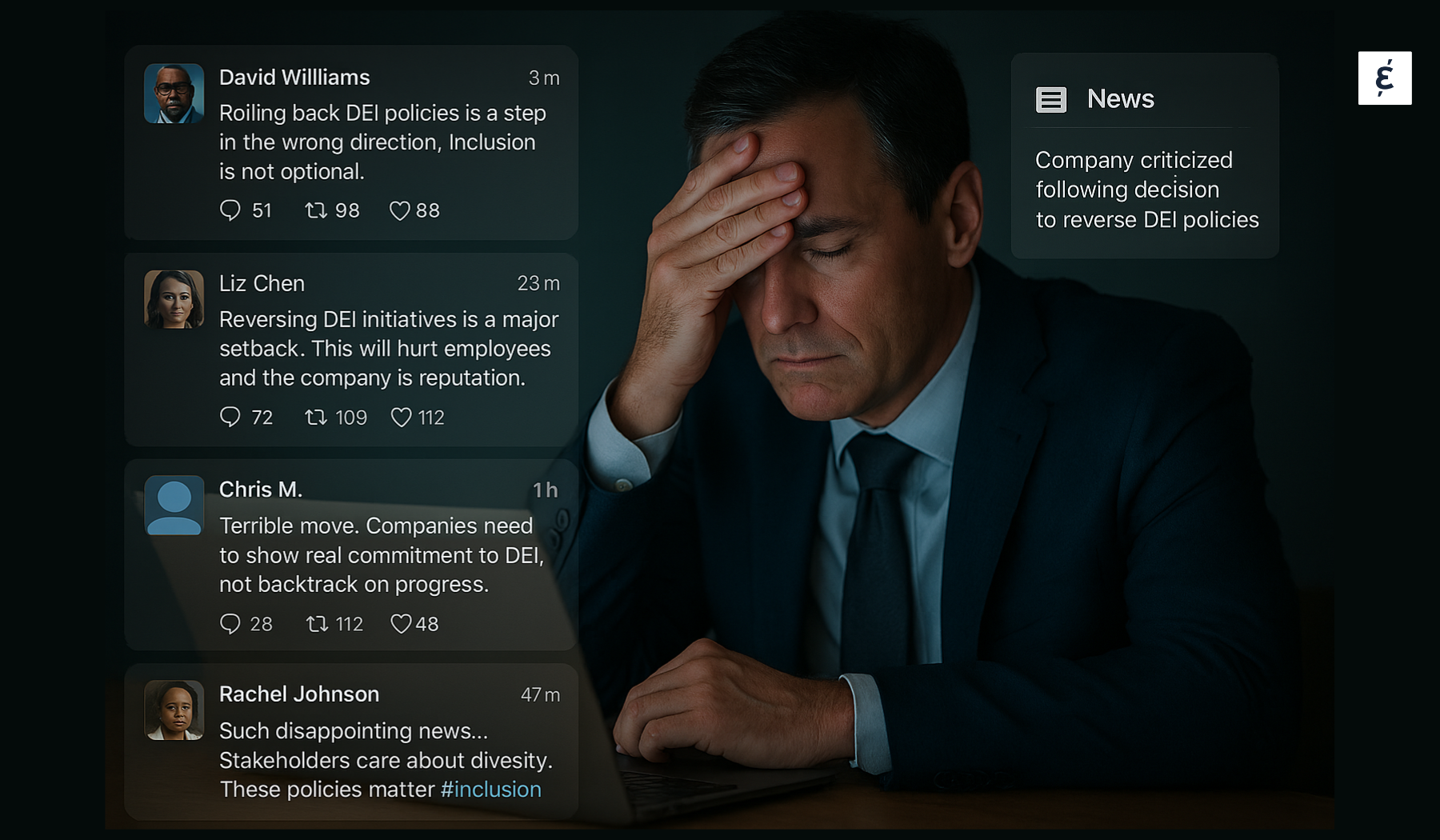


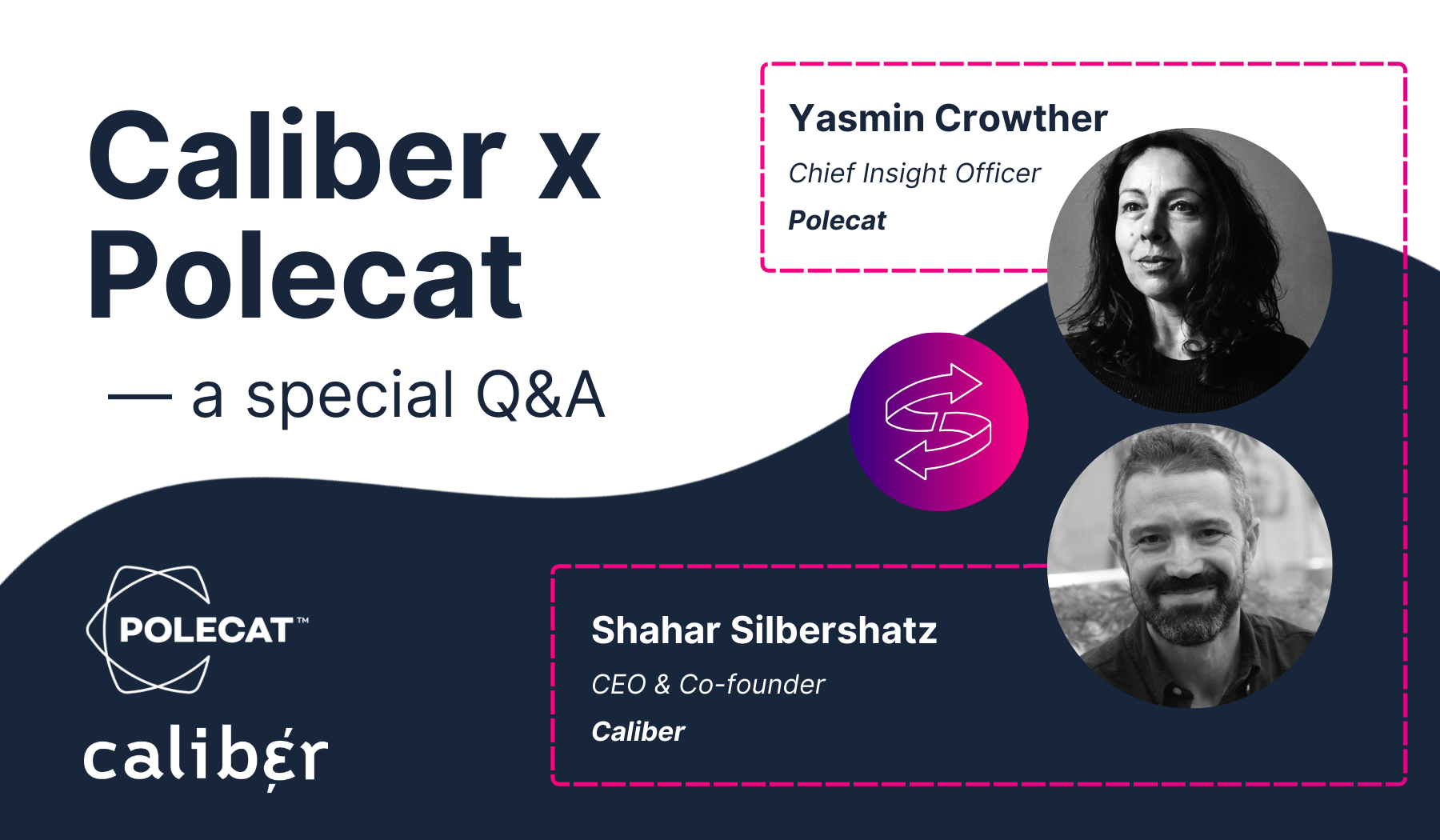
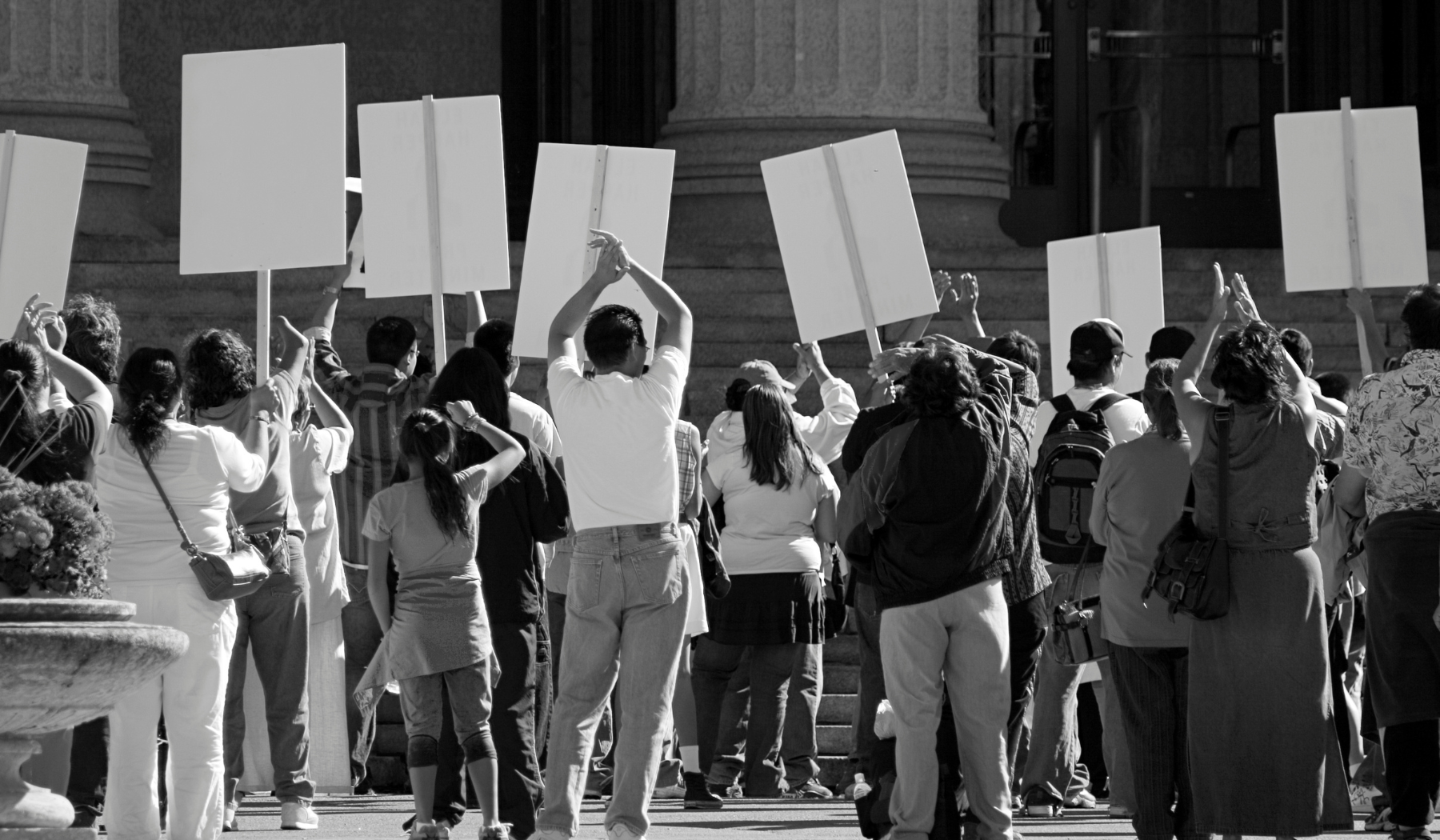
© 2024 Group Caliber | All Rights Reserved | VAT: DK39314320